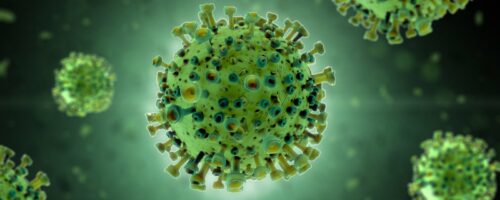Image courtesy of Flickr.
Since the start of the acquired immunodeficiency syndrome (AIDS) pandemic in the early 1980s, researchers have been working to combat the devastating health problems associated with the human immunodeficiency virus (HIV). One obstacle standing in the way of curing AIDS is the presence of HIV DNA in a transcriptionally inactive latent state, in which the virus temporarily stops making copies of genetic material needed for viral proliferation. In this state, HIV can evade immune cells. Current antiretroviral therapy medications inhibit HIV replication by blocking reactivated latent viruses. However, a small percentage of cells harbor latent HIV-1 proviruses, a form of viral genetic material incorporated into host cell DNA that escapes detection.
Jack Collora, a graduate student in the Yale Department of Microbial Pathogenesis, is trying to understand how HIV-1, the most common type of HIV, can survive in the presence of antiretroviral drugs. His single-cell multiomics studies measure levels of different molecules in individual cells and analyze them to characterize cell types and functions.
Collora discovered that it could be possible to treat HIV-1 by targeting a type of immune cells called cytotoxic CD4+ T cells, which are infected by the virus, as well as factors that cause clonal expansion, which is a process in which normal cells accumulate disease-causing genetic changes. “We found a subpopulation of CD4+ T cells that harbor HIV very effectively,” Collora said. “They might be expressing certain proteins that make them resistant to being killed by other CD4+ T cells and have a genomic profile that allows it to proliferate more readily.” Future research will aim to understand why CD4+ T cells are so good at harboring HIV, enabling the development of treatments that target these mechanisms.

